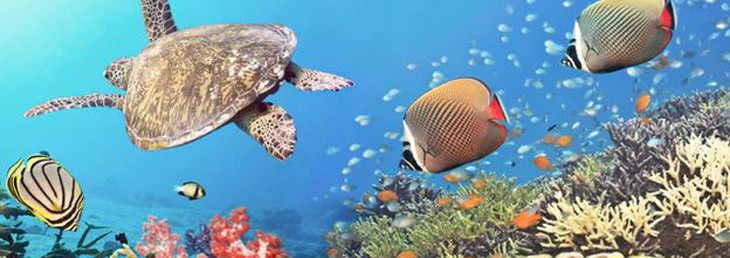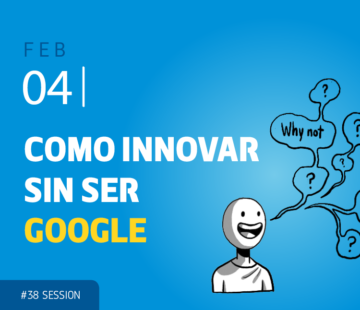Brand-new branding: leave your island and be part of an ecosystem

Conventional wisdom has held that control was the driver of corporate strategy. The most barriers over your brand from the outside world, the more you could ensure image and quality. Not any more. Not at least for some brands in the luxury market, a sector that is becoming crowded, brands need new ways to differentiate themselves and increase their visibility, and the need for innovation speed increases as consumers are constantly redefining their understanding of value and technological change is happening at an exponential rate.
Approximately one year ago, in one of first posts of this blog, we wondered why partnerships between technology and fashion brands remained so rare cases to find, as we considered the emerging trend of wearables and some other conditions existed for such collaborations to leverage one of most obvious context for co-innovation.
Twelve months later, it seems it’s finally starting to happen. Intel, for example, is collaborating with Humberto Leon and Carol Lim of Kenzo and Opening Ceremony on the MICA smart bracelet, which will be sold both in fashion retail stores and on Intel’s website. Likewise, Diesel and Samsung have been working on a smart band, and Hewlett-Packard and the men’s wear designer Michael Bastian just released a smart watch.
Those are just few examples included in an recent article published in The New York Times reporting on how some luxury brands are rethinking themselves strategically. As the article points out, if once upon a time luxury brands were self-supporting islands, today they are increasingly seeing the advantages of being part of an ecosystem. While luxury brands are still investing in verticalization, they are also starting to consider alternate solutions, including incursions in the fields of art, music and even cinema.
This trend was first identified by the Boston Consulting Group in a paper released last year in which the authors described how some luxury brands are trying to balance control and openness—two historically incompatible ways of managing a brand. BCG paper is much worth a reading, and not just for those interested in luxury products market, as we are sure the challenges and benefits described are equally pertinent to most sectors. Just change “luxury” by the name of the industry your organization is in:
Companies that have established the right partnerships can benefit from cumulative expertise that would take years to build independently. Partnering on specific projects where the skill of a luxury house complements the skills of an engineering company or an artist, helps overcome the challenges of scale required to build a specific and distinctive competence.
- Future growth for many luxury companies will depend on success in new market categories, locations, and channels where partnerships, when thoughtfully and carefully orchestrated, can make the difference between success and failure.
- Luxury ecosystems provide competitive advantages that are not readily attained within the traditional confines of the industry. They help reduce the risks and costs of innovation because many more sources are contributing to the pool of new concepts.
- In a world where innovation in everything from new materials to new luxury experiences happens in much more open ways—and often follows quite unpredictable paths as a result—relying solely on an internal team can easily blind an organization to what’s coming next.
- The luxury ecosystem model helps overcome the challenges of scale required to build a specific and distinctive competence. This point is all the more relevant given the extent to which luxury companies must demonstrate a wider range of competencies today, from digital to retail.
Luxury Ecosystems: Controlling Your Brand While Letting It Go
